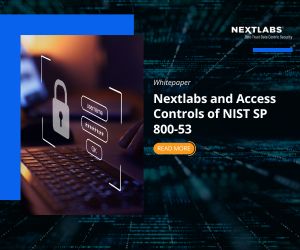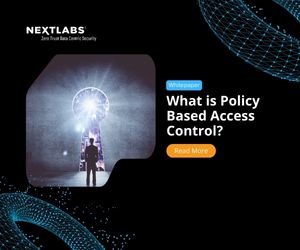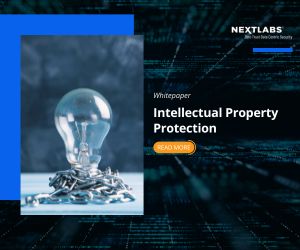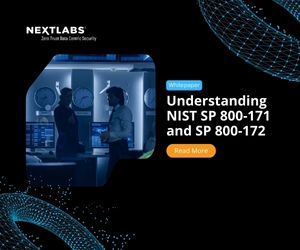
Sorry, your browser is not compatible with this application. Please use the latest version of Google Chrome, Mozilla Firefox, Microsoft Edge or Safari.
Antitrust content

Promoting AI Innovation Through Competition: A...
This report argues that a competitive AI market is essential to sustaining U.S. innovation and national security. Without intervention, the AI sector may consolidate around a few dominant tech firms…
Learn More


Nextlabs and Access Controls of NIST SP 800-53
NIST SP 800-53 Revision 5 details a framework to protect organizations, the federal government/military, and their assets from a range of threats, including cyberattacks, insider threats, application security, supply chain…
Learn More

A Policymaker’s Guide to Digital Antitrust...
As countries weigh new digital antitrust regulations, this guide urges caution before following the EU’s lead. It argues that proposed rules like the Digital Markets Act often oversimplify how digital…
Learn More


What is Policy Based Access Control?
Policy-based access control (PBAC) also known as Policy Based Access Management, is a security model that manages and enforces access to resources based on a set of policies rather than…
Learn More


Intellectual Property Protection
As products become more complex, companies, even the government/military, find themselves in increasingly distributed and collaborative supply chains. This paper describes some of the key challenges to protecting IP within…
Learn More


The Biggest Gap in Your Cyber Security Solution
Everyone agrees threats to cyber security are on the rise. But how well do organizations understand which threats they should worry the most about? This white paper describes the most…
Learn More


Antitrust Guidelines for Business Activities...
The latest Antitrust Guidelines from the Department of Justice and Federal Trade Commission reinforce protections for workers by ensuring fair competition in labor markets. These guidelines highlight practices that may…
Learn More


Understanding NIST SP 800-171 and SP 800-172
Safeguarding Controlled Unclassified Information (CUI) is more critical than ever, and NIST SP 800-171 provides the necessary framework to ensure its protection across non-federal systems. With evolving threats, the 14…
Learn More


The Conservative Weaponization of Government...
The conservative “techlash” highlights tensions between Big Tech’s influence and conservative ideals of limited government. While aiming to address concerns like censorship and market dominance, some proposals risk economic and…
Learn More


Defending OT Operations Against Ongoing Pro-Russia...
In early 2024, the authoring organizations observed pro-Russia hacktivists targeting vulnerable industrial control systems in North America and Europe. Cybersecurity and Infrastructure Security Agency and the Federal Bureau of Investigation…
Learn More


